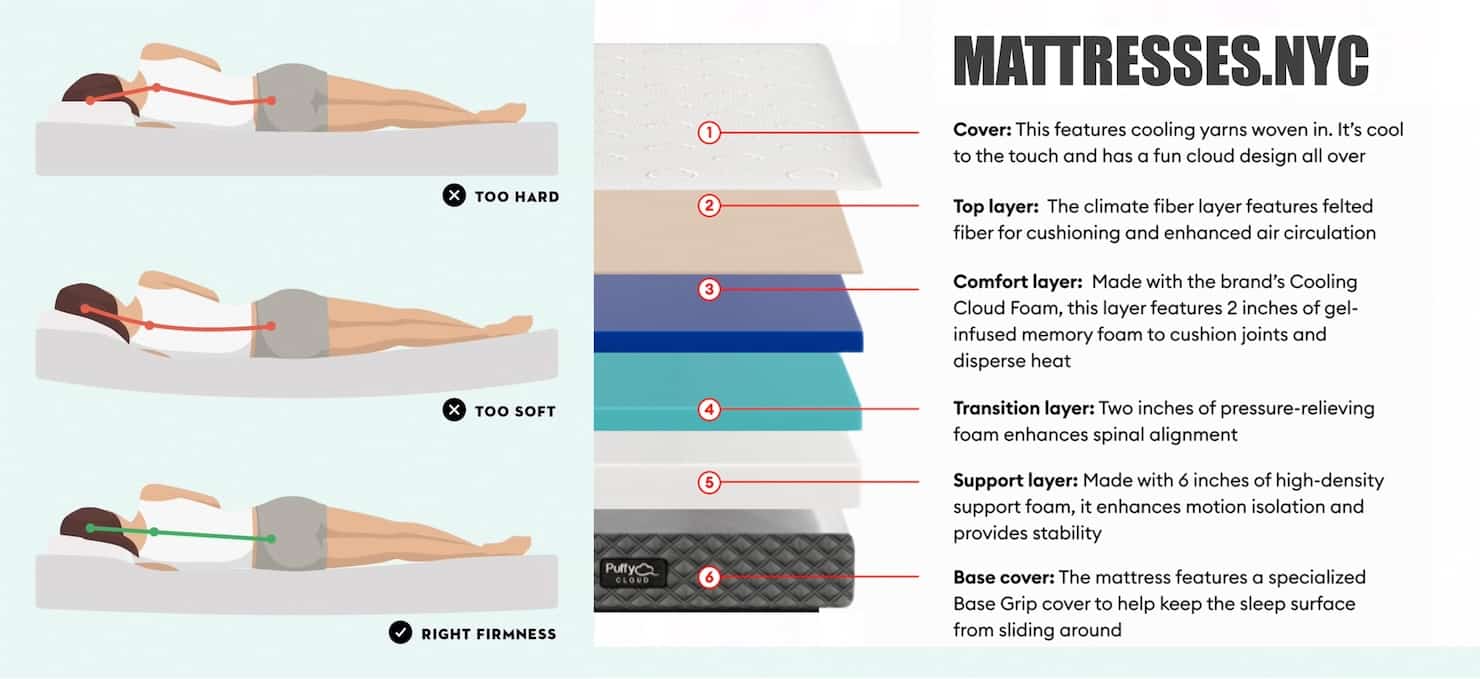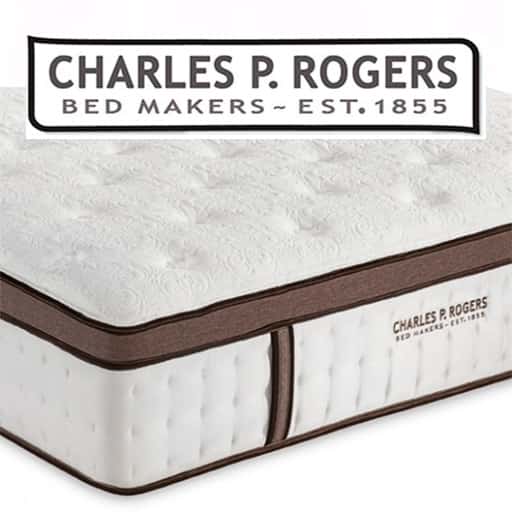Too Many Choices: When many brands claim the best mattress, which is the best one to buy?
Critical Considerations for Choosing a Mattress
- Spine-aligning: the mattress should keep your spine in proper alignment regardless of whether you’re a back, side, or stomach sleeper, your weight and body type, and your material preferences.
- Things to Consider: Cost, durability, convenience, and specific sleep issues such as lower back pain or overheating.

Types of Mattresses
- Memory Foam allows pressure relief and is great for side sleepers or those with back pain. It contours to your body and cradles you, but it can also get hot.
- Latex: Like memory foam, but springier, with more of a bounce. Natural latex is more environmentally friendly but more costly.
- Innerspring: Made of steel coils; firmer, bouncier. Best for back or stomach sleepers.
- Hybrid: A combination of memory foam (or latex) and coils provides comfort and support.
- Adjustable: Allows control over firmness, ideal for couples with different preferences.
Mattress Firmness Levels
- Soft to Firm: Medium to medium-firm mattresses are the most popular. Pick firmness based on your sleep position and body type.
- Side sleeping: Softer mattresses: 6.5 or lower. Back and stomach sleeping: Firmer mattresses: 7 or higher.
- Body Type: Heavier individuals need firmer mattresses, while lighter individuals benefit from softer ones.
Addressing Sleep Concerns
- Hot Sleepers: Cooling mattresses with built-in cooling technology or breathable construction are ideal.
- For lower back pain, a medium-firm mattress and foam for pressure relief are good choices.
- Organic Materials: If you want the real deal, shop for mattresses certified to the Global Organic Textile Standard (GOTS) or Global Organic Latex Standard (GOLS).
Additional Construction Features
- Motion Isolation: This feature is crucial if you have a partner who is restless while sleeping. Foam beds are better at isolating motion from a restless sleeper. Edge Support is vital if you sleep near the edge or sit on the side of the bed often.
- Mattress Height: Taller mattresses will feel more luxurious but are more expensive and difficult to set up.
When to Replace Your Mattress
- Lifespan: A mattress will generally last 8-10 years. If you notice lumps or have difficulty sleeping, it might be time to replace it.
- Maintenance: Use a mattress protector and clean your mattress regularly to extend its lifespan.
This is a straight-up, easy-to-use mattress selector that will help you find the best mattress for your specific needs so you can get some good rest.







